Table of Contents
Case Study: Fixing an Oil Leak in a Mercedes C-Class with M271 Engine
Customer Complaint
A Mercedes C-Class 300 owner with an M271 Engine noticed oil puddles under their car. Concerned about potential engine damage, they brought their vehicle to a Mercedes dealership for a thorough inspection and repair.
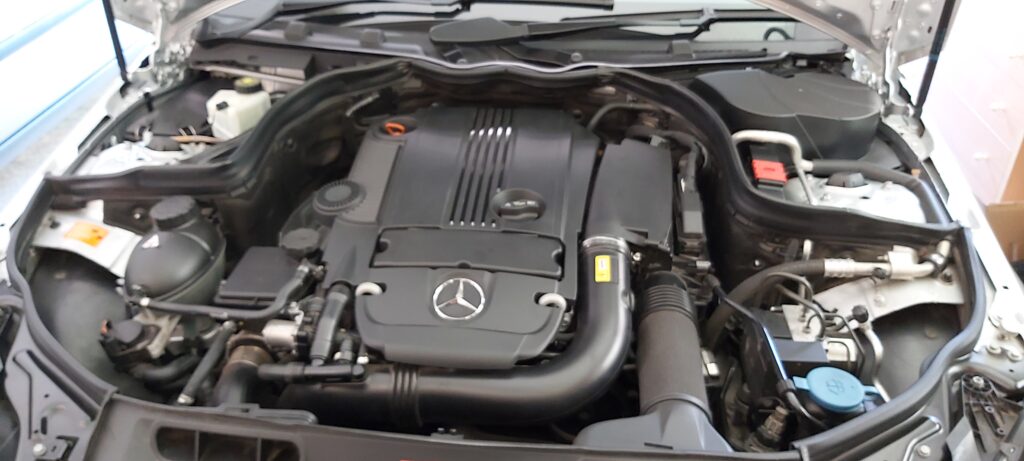
Initial Inspection and Diagnosis
Upon arrival, the vehicle was assigned to a qualified technician who began the diagnostic process. The technician performed a comprehensive visual inspection and noted oil residue around the oil filter housing area. To confirm the source of the leak, Oil Leak from Oil Filter Housing, the technician cleaned the area and ran the engine, observing closely for signs of fresh oil.
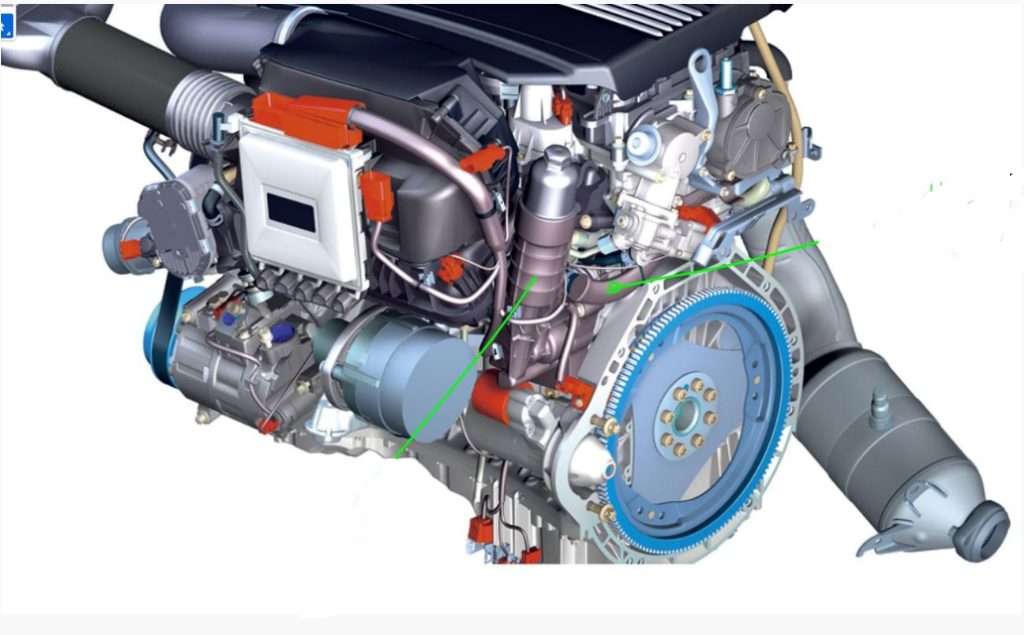
Identifying the Source of the Leak
The technician confirmed that the oil leak originated from the oil filter housing gasket. This gasket, responsible for sealing the oil filter to the housing, had worn out over time, allowing oil to seep out.
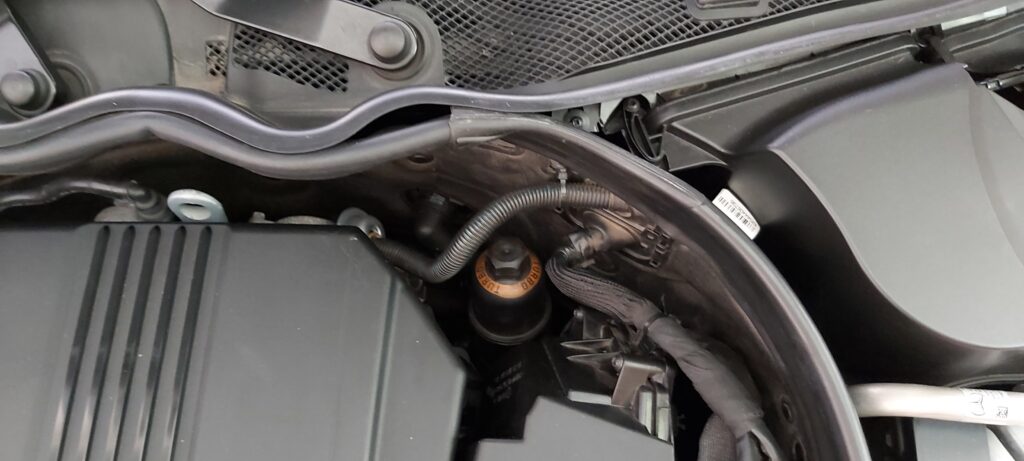
How to replace oil filter housing gasket ?
Tools and Materials Needed:
- New oil filter housing gasket
- New oil filter (optional, but recommended)
- Oil drain pan
- Wrenches
- Oil filter wrench
- Clean rags
- Engine oil
- Torque wrench
Step-by-Step Repair:
1: Safety Precautions: Ensured the engine was cool before starting the repair process. Engaged the parking brake and wore safety gloves.
2: Draining the Oil: Placed an oil drain pan under the oil filter housing. Removed the drain plug to let the oil drain completely. This step was crucial to avoid any mess during the gasket replacement.
3: Removing the Oil Filter Housing: Used an oil filter wrench to loosen and remove the oil filter. Carefully detached the housing to access the gasket.
4: Inspecting the Housing: Cleaned the oil filter housing thoroughly with a clean rag and inspected it for any signs of damage or cracks. The housing itself was in good condition, confirming that only the gasket needed replacement.
5: Replacing the Gasket: Removed the old gasket and replaced it with a new one. Ensured the new gasket was seated properly to prevent any future leaks.
6: Reassembling the Oil Filter Housing: Reinstalled the oil filter housing and the new oil filter, following the manufacturer’s torque specifications to avoid over-tightening or under-tightening.
7: Refilling the Oil: Replaced the drain plug and refilled the engine with the recommended type and amount of oil.
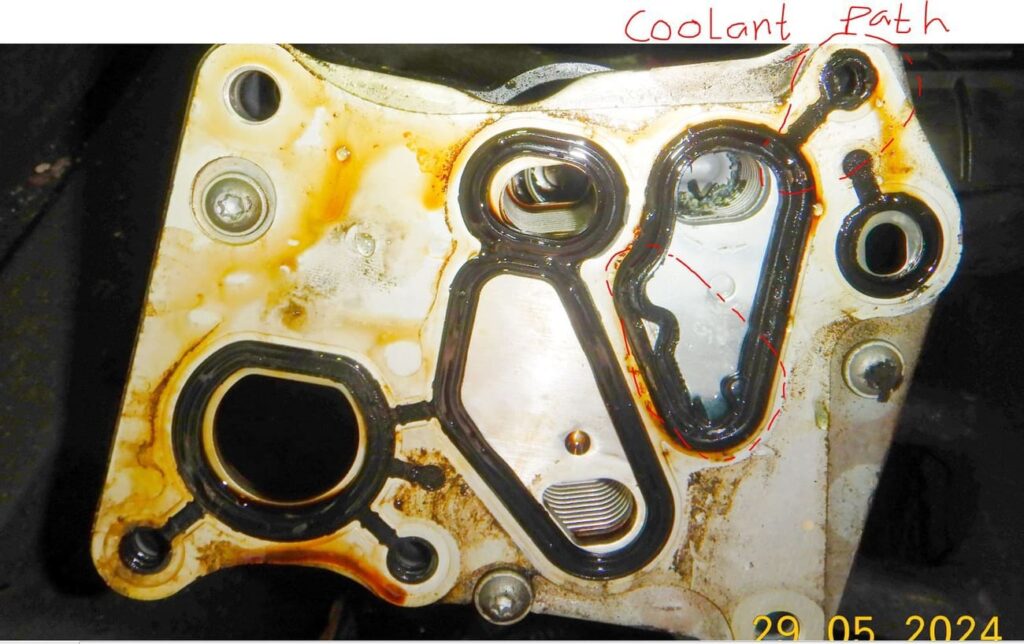
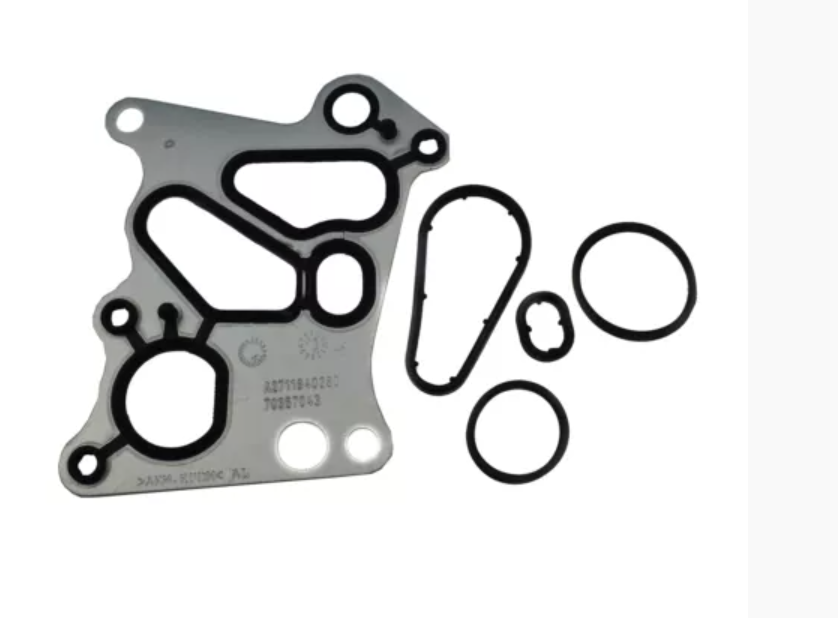
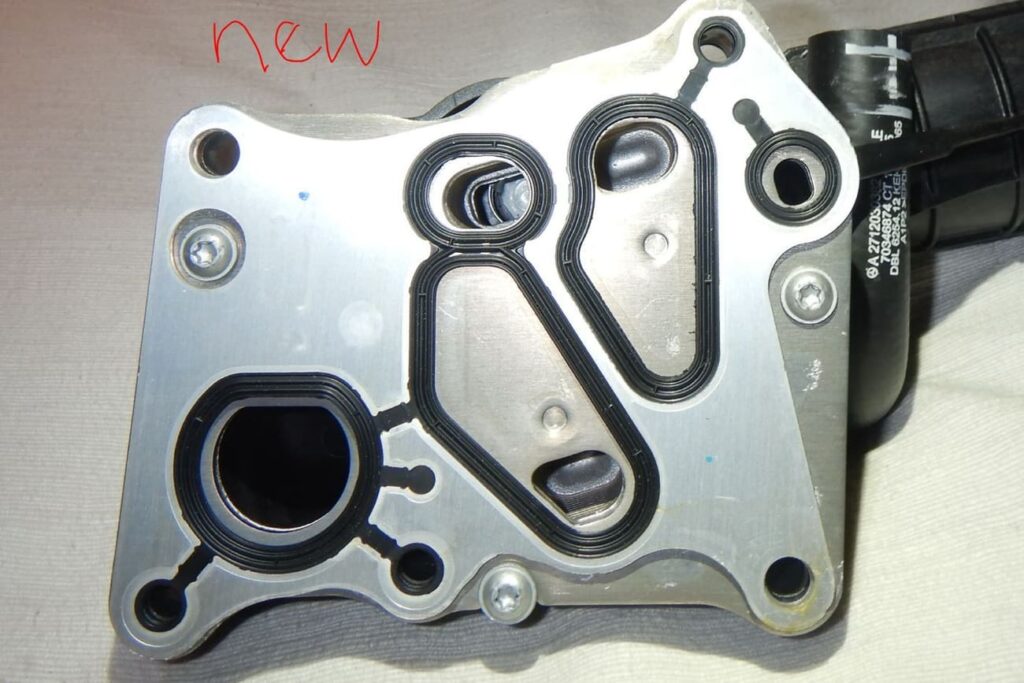
Post-Repair Testing
After completing the gasket replacement, the technician performed a thorough test:
1. Engine Run Test: Started the engine and let it idle for several minutes, checking for any signs of oil leakage around the newly installed gasket.
2. Road Test: Conducted a test drive to ensure the repair was successful under normal driving conditions. During the test drive, the technician monitored the engine’s performance, oil pressure, and checked for any warning lights.
3. Final Inspection: After the test drive, the technician conducted a final inspection to ensure there were no oil leaks and everything was functioning correctly.
Conclusion
The oil leak issue was successfully resolved by replacing the faulty oil filter housing gasket. The customer’s Mercedes C-Class with the M271 engine was now free of oil leaks, ensuring smooth operation and preventing potential engine damage. The customer was satisfied with the prompt and effective repair performed by the dealership’s qualified technician.
Addressing oil leaks from the oil filter housing is crucial for maintaining your vehicle’s health. By understanding the causes, diagnosing the problem early, and following proper repair and maintenance steps, you can prevent serious engine damage and extend the life of your vehicle.
Regular inspections and using high-quality parts are key to avoiding future issues. Remember, if you’re unsure about any step or face persistent problems, seeking professional help is always a wise choice.
How to Identify and Fix an Oil Leak from Oil Filter Housing
An oil leak can spell trouble for your vehicle, particularly when it originates from the oil filter housing. Understanding the significance of this component, recognizing the signs of a leak, and knowing how to address the issue promptly can save you from expensive repairs and ensure your vehicle runs smoothly. In this article, we’ll cover everything you need to know about oil leaks from the oil filter housing.
Understanding Oil Filter Housing
The oil filter housing is a crucial part of your engine’s lubrication system. It encases the oil filter, which is responsible for removing contaminants from the engine oil, ensuring that only clean oil circulates through the engine.
This component is vital for maintaining engine health, as it helps prevent wear and tear caused by dirty oil. There are various types of oil filter housings, including cartridge and spin-on types, each designed to hold the oil filter securely in place.
Common Causes of Oil Leaks from Oil Filter Housing
Oil leak from oil filter housing can occur for several reasons:
1. Worn-Out Gasket: The gasket between the oil filter and the housing can wear out over time, leading to oil seepage.
2. Improper Installation: Incorrect installation of the oil filter can cause misalignment and result in leaks.
3. Cracks in the Housing: Physical damage to the oil filter housing, such as cracks or fractures, can allow oil to escape.
4. Over-Tightening or Under-Tightening: Applying too much or too little torque when installing the oil filter can damage the gasket or leave gaps, causing leaks.
Diagnosing an Oil Leak
Early detection of an oil leak can prevent serious engine damage. Here’s how you can diagnose an oil leak from the oil filter housing:
1. Visual Inspection: Check for oil stains or puddles under your vehicle. Inspect the oil filter housing for visible oil leaks.
2. Oil Pressure Warning Light: If your vehicle’s oil pressure warning light is on, it could indicate a significant oil leak.
3. Oil Level Check: Regularly check your oil level. A sudden drop may signal a leak.
4. Engine Performance Issues: Low oil levels can cause engine performance problems, such as overheating or unusual noises.
How to Fix an Oil Leak from Oil Filter Housing
Fixing an oil leak from oil filter housing involves a few key steps. Here’s a detailed guide:
Tools and Materials Needed:
- New oil filter
- New gasket (if applicable)
- Oil drain pan
- Wrenches
- Oil filter wrench
- Clean rags
- Engine oil
Step-by-Step Instructions:
1. Safety First: Ensure the engine is cool before starting the repair. Engage the parking brake and wear safety gloves.
2. Drain the Oil: Place the oil drain pan under the oil filter housing. Remove the drain plug to let the oil drain out completely.
3. Remove the Old Oil Filter: Use the oil filter wrench to loosen and remove the old oil filter. Be careful as some oil may still be trapped inside.
4. Inspect the Housing: Clean the oil filter housing with a rag. Inspect it for any cracks or damage.
5. Replace the Gasket: If the gasket is worn out, remove it and replace it with a new one. Ensure it fits properly.
6. Install the New Oil Filter: Lubricate the rubber seal on the new oil filter with a small amount of fresh oil. Screw the new filter into place, following the manufacturer’s torque specifications. Do not over-tighten.
7. Refill the Oil: Replace the drain plug and refill the engine with the recommended amount and type of oil.
8. Check for Leaks: Start the engine and let it run for a few minutes. Check around the oil filter housing for any signs of leaks.
If you ever notice oil in the water, this article can guide you through resolving the issue;

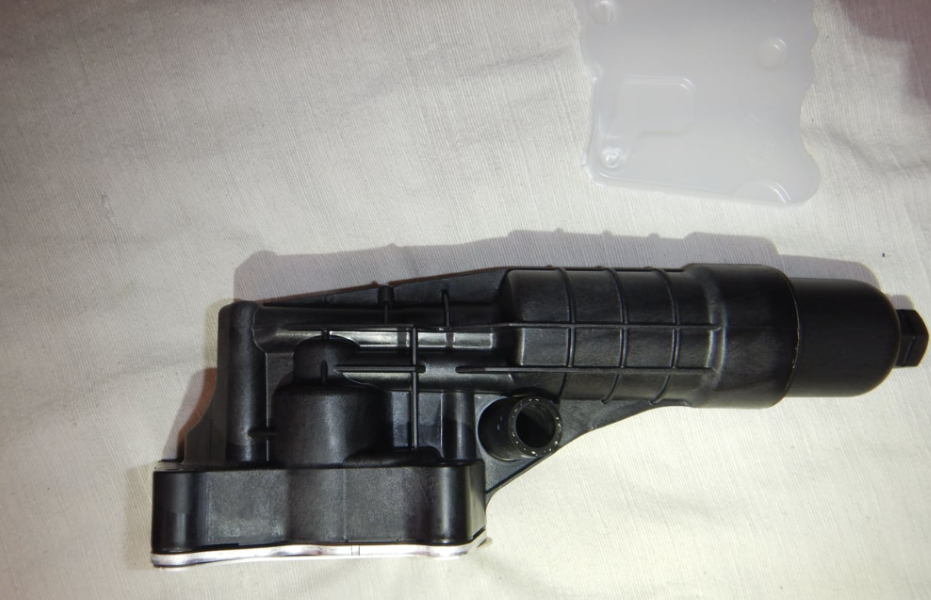




Leave a Reply